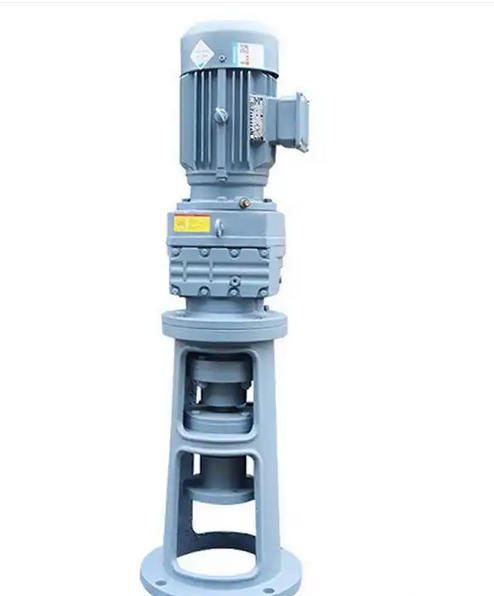What are the applicable scenarios for the DJ55-BLD3-17-5.5KW reducer frame made of cast iron material
The DJ55-BLD3-17-5.5KW gearbox frame made of cast iron material (mostly HT200/HT250) is designed to adapt to stable transmission scenarios with low to medium loads, no strong corrosion, and a pursuit of low cost indoors. It is suitable for the characteristics of strong rigidity, good shock absorption, but weak corrosion resistance of cast iron.Core applicable scenarios
In the field of general machinery, continuous conveying equipment such as small belt conveyors, screw conveyors, and bucket elevators are suitable for smooth operation at a power of 5.5KW, and shock absorption can reduce equipment vibration and noise.
In the field of light industry machinery: packaging machinery (such as carton sealing machines, film winding machines), printing machinery, small food processing equipment (such as grain screening machines, small mixers), to meet the medium load demand in indoor dry environments.

Building materials and mining auxiliary equipment: supporting transmission mechanisms for small stone crushers, sand and gravel conveyors, and cement conveying pumps, adapted to the dust environment in the workshop (requiring regular cleaning), with strong rigidity and the ability to withstand impact loads.
Machine tools and automation auxiliary equipment: feed mechanisms for machine tools, power support components for small automated production lines, easy to ensure hole machining accuracy, and can maintain transmission coaxiality.
Agricultural machinery accessories: Fixed installation of feed crushers, grain dryers, and transmission brackets for agricultural machinery, suitable for indoor or greenhouse drying environments, with cost advantages that meet the cost-effectiveness requirements of agricultural equipment.
Key points of scene adaptation
Prioritize indoor use, avoid outdoor exposure to rain or humid environments, and prevent rust and corrosion of cast iron.
Suitable load types: medium low load, stable operation or slight impact load, avoiding long-term heavy load or high-frequency impact (cast iron has poor toughness and is prone to cracking).
No need for frequent movement: Cast iron is heavy and suitable for fixed installation scenarios, but not suitable for equipment that requires frequent handling.

